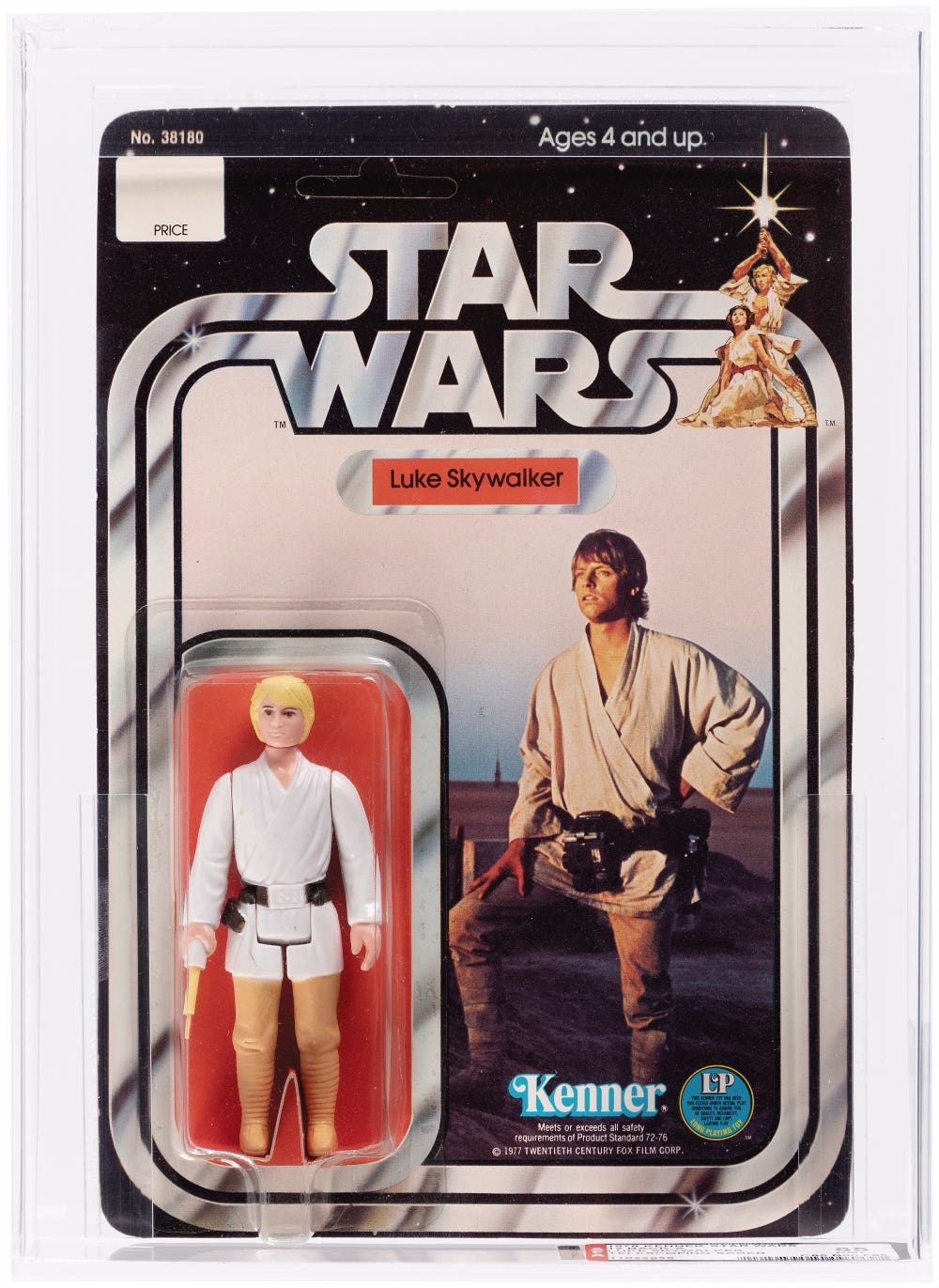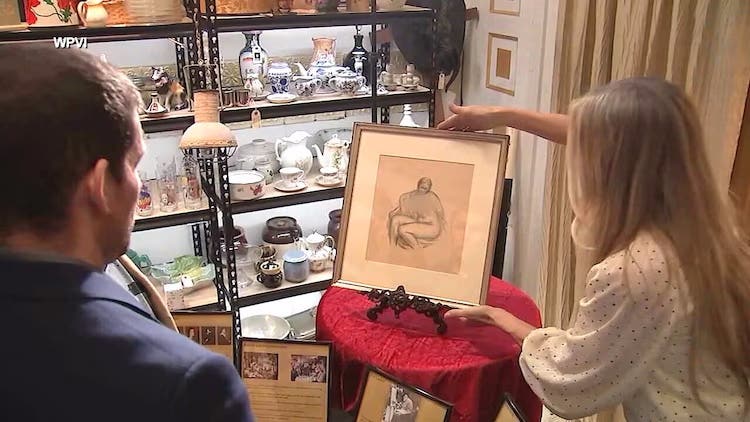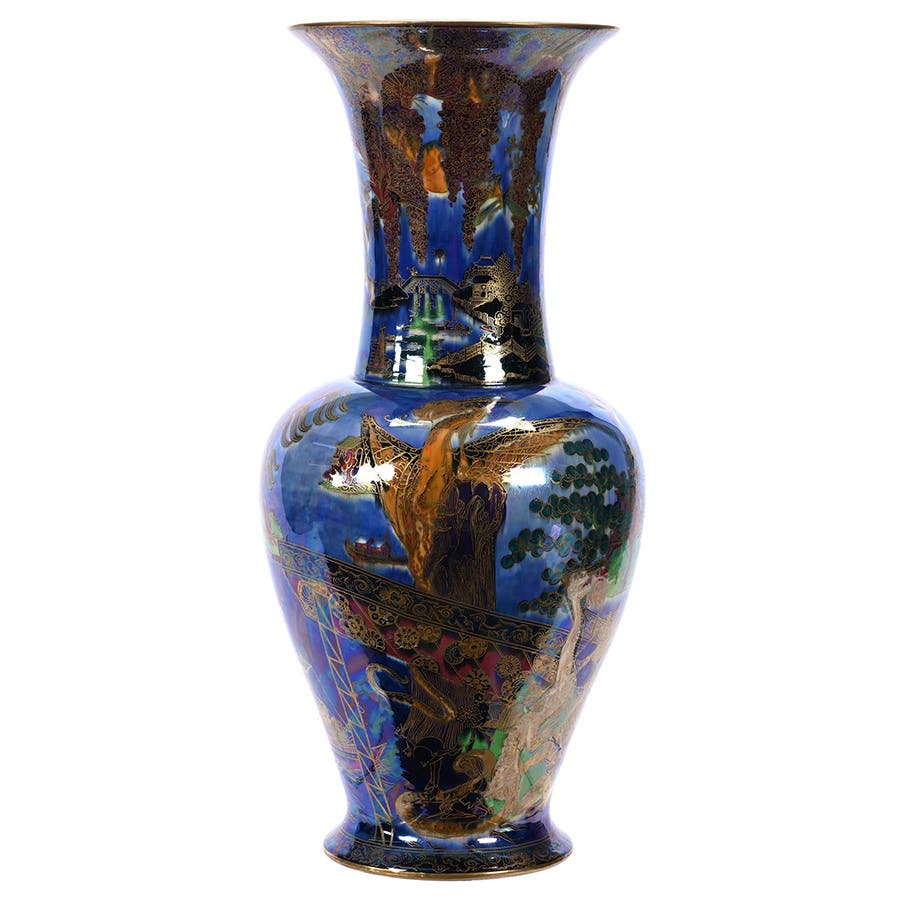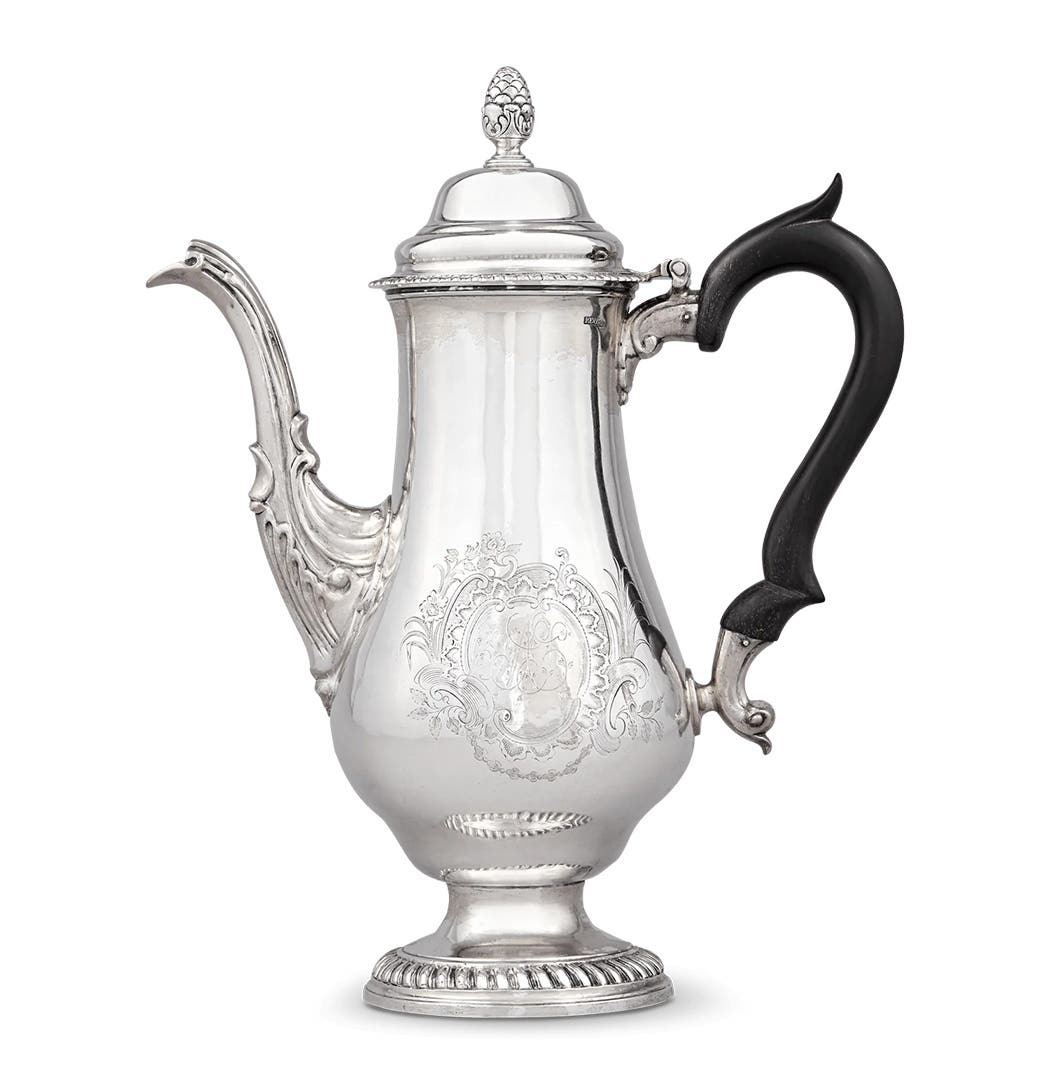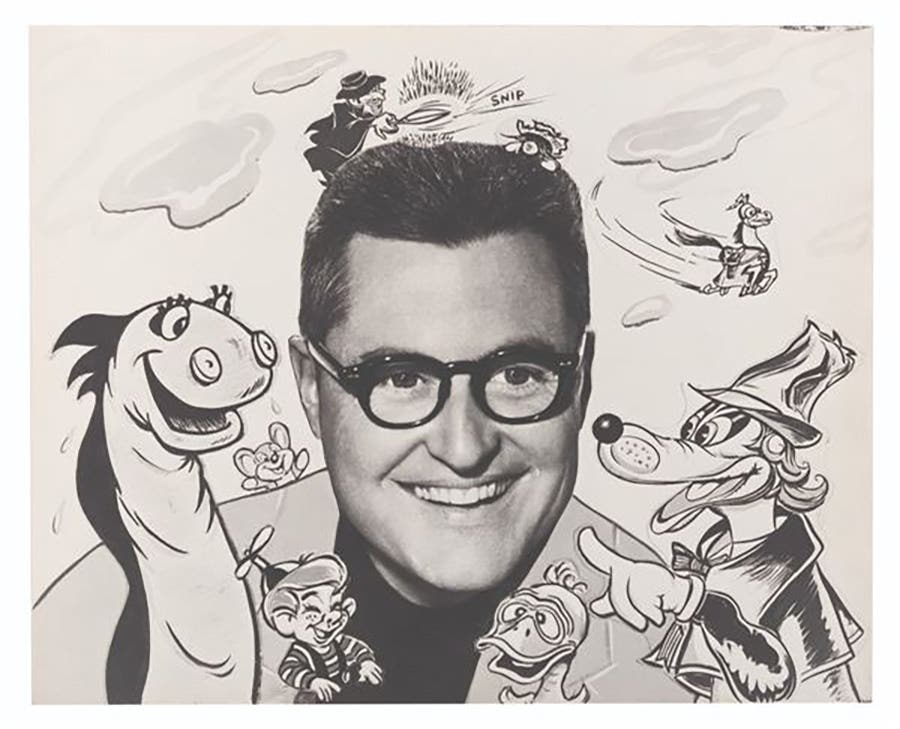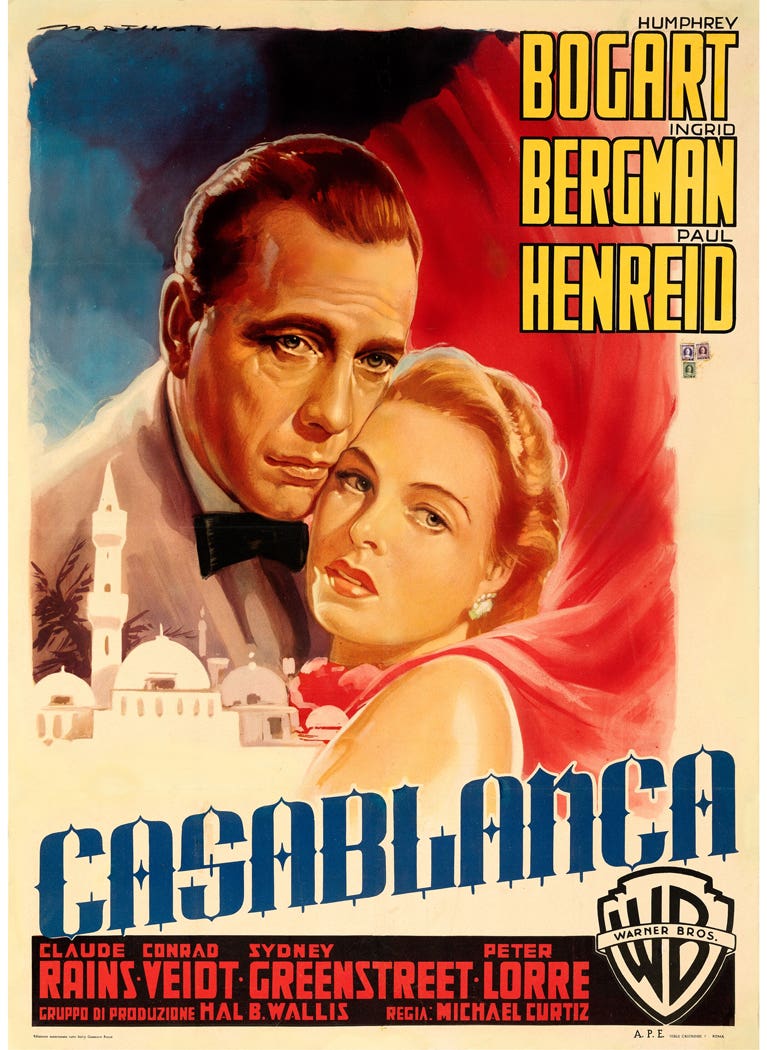A Perfect Haven From Imperfect World
Maurice-Claude Vidili’s innovative Sphère d’Isolation designed decades ago resonates with today’s self-quarantine practice.
A futuristic and space-age piece of architecture designed decades ago fits right at home today and takes self-quarantine to new measures.
Designed circa 1971, Maurice-Claude Vidili’s Sphère d’Isolation and its design is more ideal than ever for those looking to switch up their work-from-home routines. It was a standout at a recent Sotheby’s “Important Design” auction, where it sold for $52,500.
The product of the 1970s’ plastic-furniture boom, this multi-functional work is equipped with all the necessities of a modern office, including seating space, lighting, storage and electric outlets. The sphere was designed as a quiet and comfortable room-within-a-room, allowing its user to find shelter in a peaceful and insulated environment. In addition to serving mainly as a private office space, the sphere was meant to embrace a variety of uses, including as a quiet zone on construction sites, an independent work room in a noisy open office, a private meeting space for sales pitches in crowded exhibition halls, and even as study in a small apartment.
The Isolation Sphere might be the artist’s most celebrated work, whose tremendously modern concept participated in reinventing one’s approach to the private sphere and life at home in the 1970s. Its significance still resonates today, at a time where many are embracing in-house retreats and imagining new ways to work from home.
“That’s what’s so fascinating about design — it speaks to the kind of time we’re living in,” said Marine Hartogs, Sotheby’s vice president and senior specialist in the 20th century design department.
Roughly six feet high and six feet in diameter, the Sphere did not achieve mass commercial success, but Hartogs called its retreat-like appeal “poetic.”
“You have to think that in 1971, something today that seems so natural — somewhere where’d you go to retreat from the busy outside world — was very avant-garde when everything was about community and working together. This would be the perfect thing to mass manufacture for offices today.”
Vidili’s Isolation Spheres were produced by Les Plastiques De Bourgogne of France, a company specializing in limited-edition designer furniture. The indoor sphere, which could be ordered in other colors, cost $1,600; an outdoor version was $1,900. Three iterations of the design were conceptualized. The Sphere that Sotheby’s offered is the second model, which is ideal for one or two people. Made of fiberglass-coated polyester, methacrylate, clear polyresin, painted steel, with leatherette foam cushions, it is outfitted with a secondary power system, integrated fluorescent lighting, integrated shelving system, later smartphone-controlled Pioneer HI-FI speakers, a portable table lamp, two seat cushions and a window. Model No. S1 had additional storage space, a small table, and could accommodate up to four. Model No. S3 was the outdoor version.
Only about 28 Isolation Spheres are known to have been made and only a few still exist. One sold at Christie’s for $45,600 in 2008, and one was also for sale at a design show in Miami in 2017 for $195,000.
When Hartogs took the Isolation Sphere in as an auction consignment, it was long before the COVID-19 pandemic gave the lot a whole new relevance. She said that while she originally assumed a museum would place the winning bid, desire from private collectors, particularly ones interested in fully realized and de-mountable designs, has increased.
“It will be interesting to see how all of our desks do at auction as well because now people are spending more time than ever working from home, and they want to create the perfect space,” she said.



